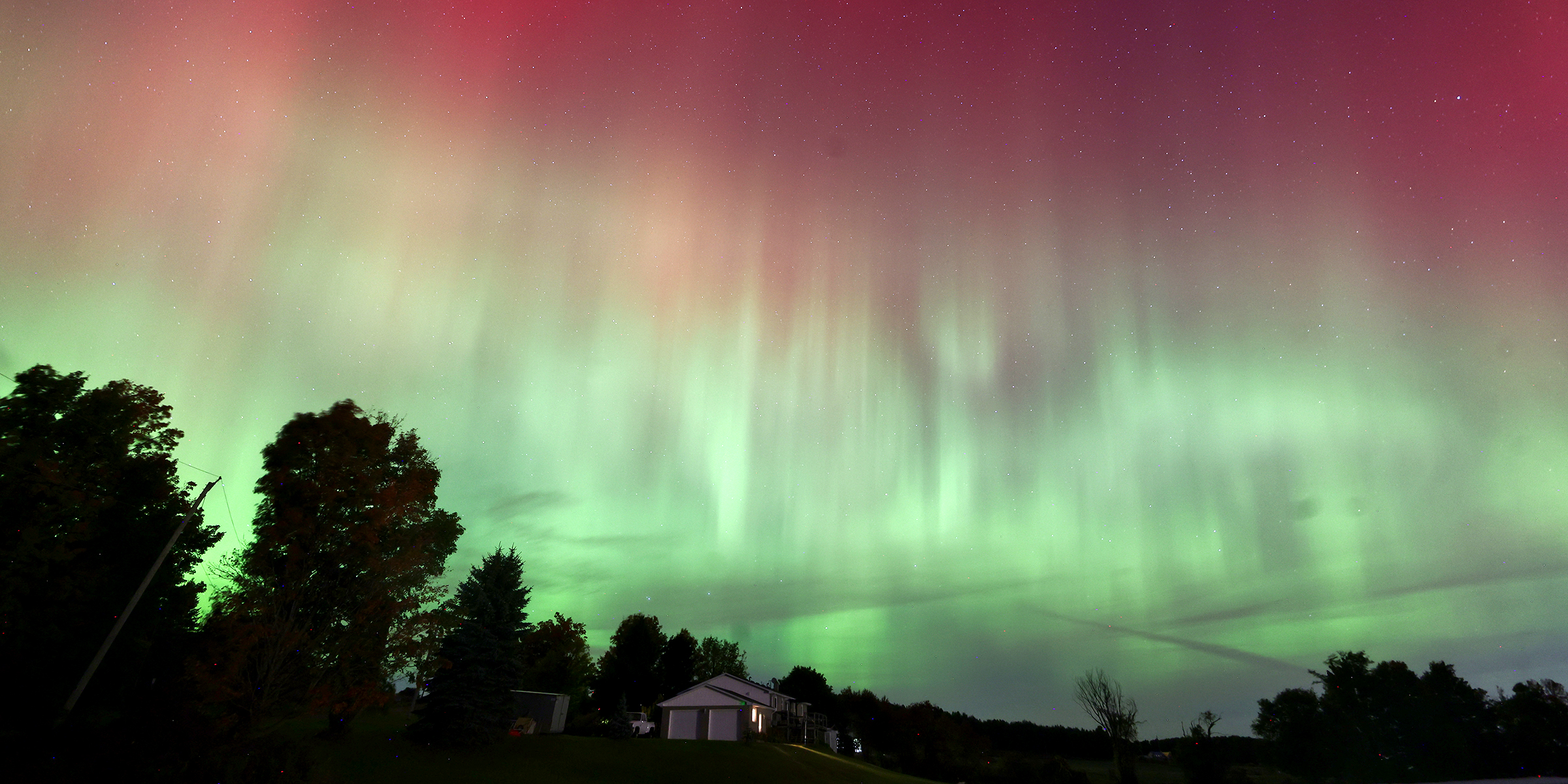
Where the Northern Lights May Be Visible on Thanksgiving and Black Friday — Details
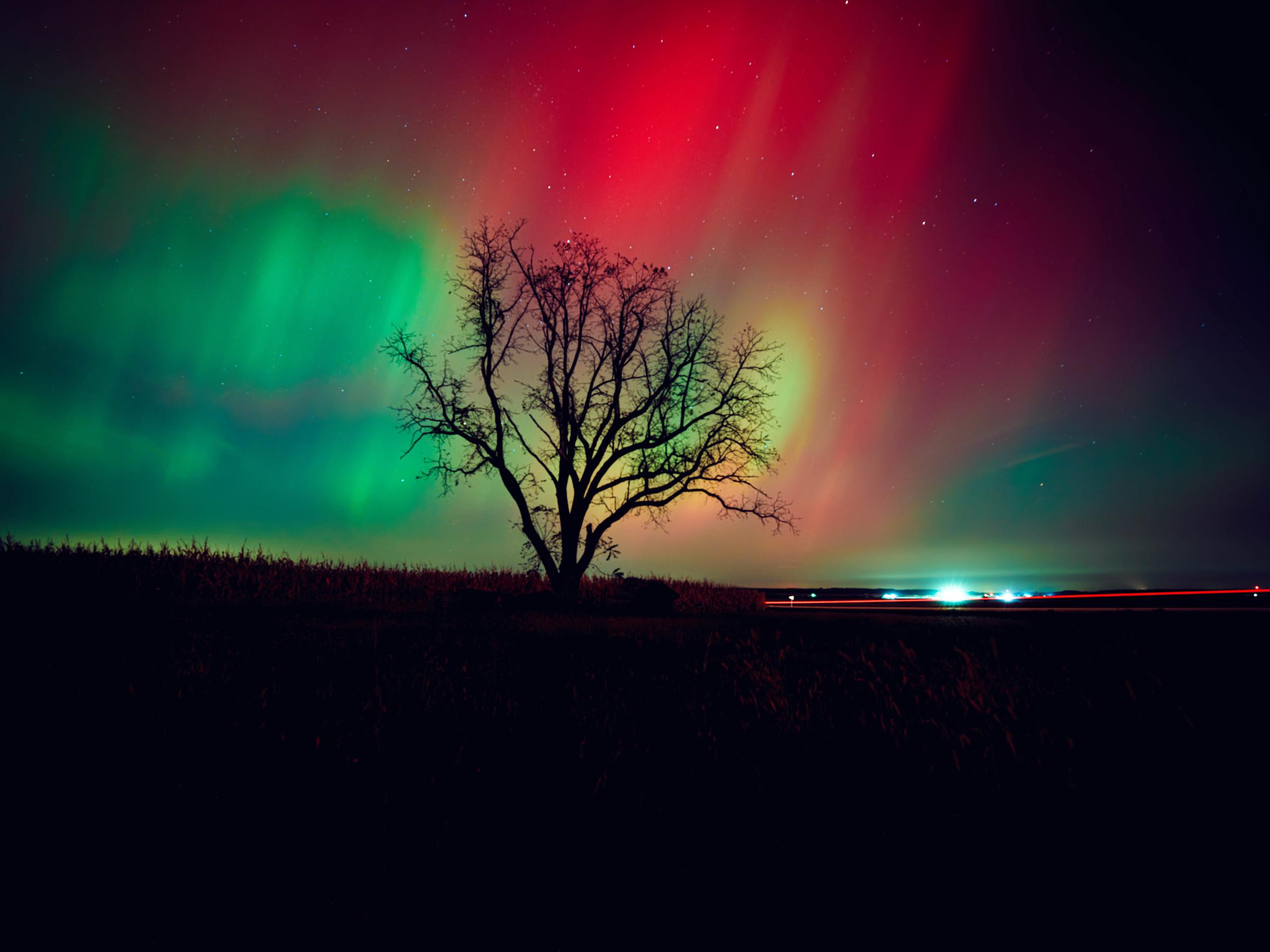
The night sky in Wisconsin glows with the Northern Lights in 2024. | Source: Getty Images
To calculate the projection, the SWPC uses the OVATION model, which stands for “Oval Variation, Assessment, Tracking, Intensity, and Online Nowcasting.” This empirical model indicates the “intensity of the aurora.”
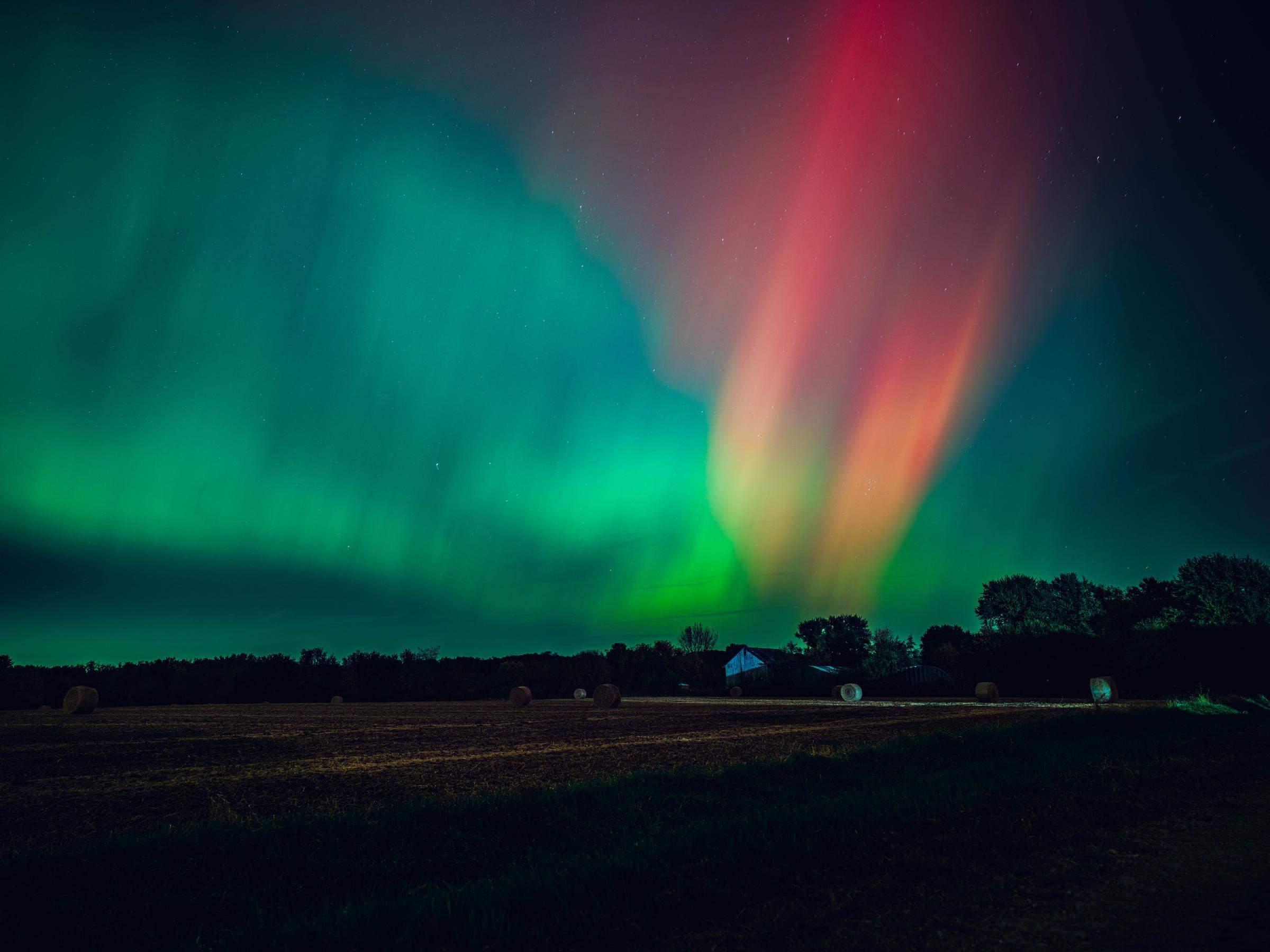
The Northern Lights seen over Wisconsin in 2024. | Source: Getty Images
The organization issued a geomagnetic storm watch for both days on November 26, due to the arrival of a coronal mass ejection (CME) “associated with a filament eruption that took off the Sun late on” November 25.
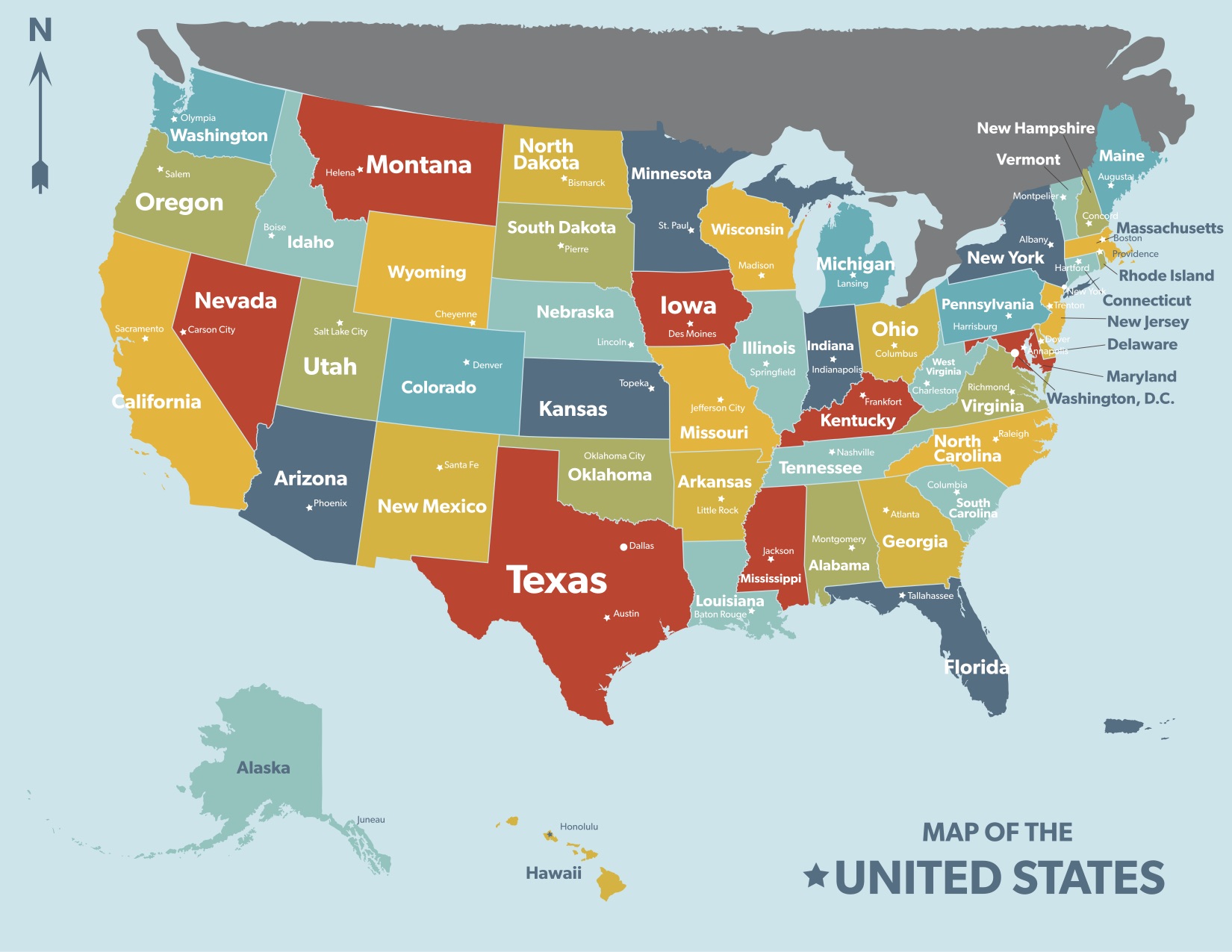
An illustration of a map of the U.S. created in 2019. | Source: Getty Images
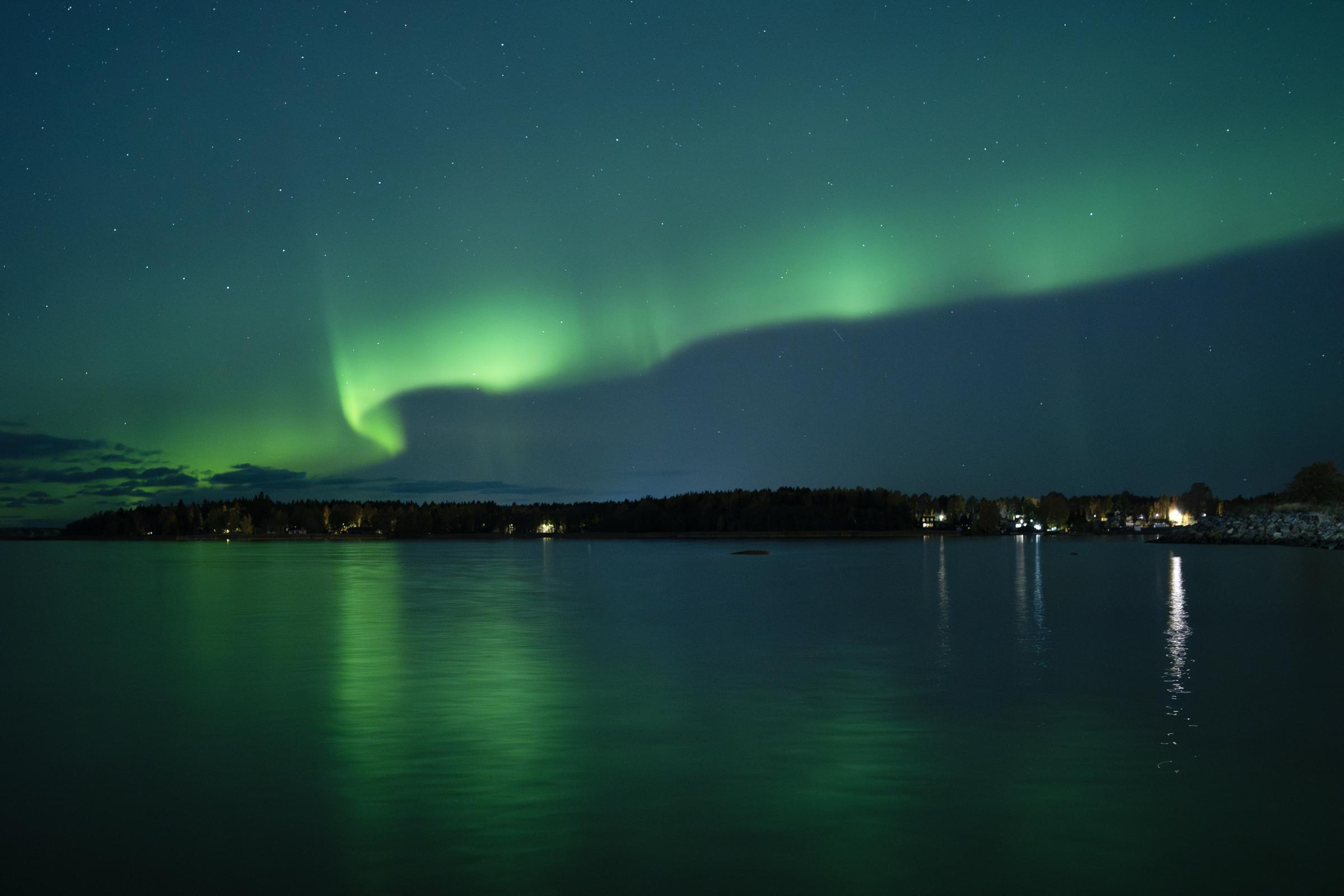
The Northern Lights above North of Vaasa, western Finland on October 11, 2024 | Source: Getty Images
Currently located in the islands of northeast Canada approximately 400 km (250 miles) from the geographic pole is the north magnetic pole.
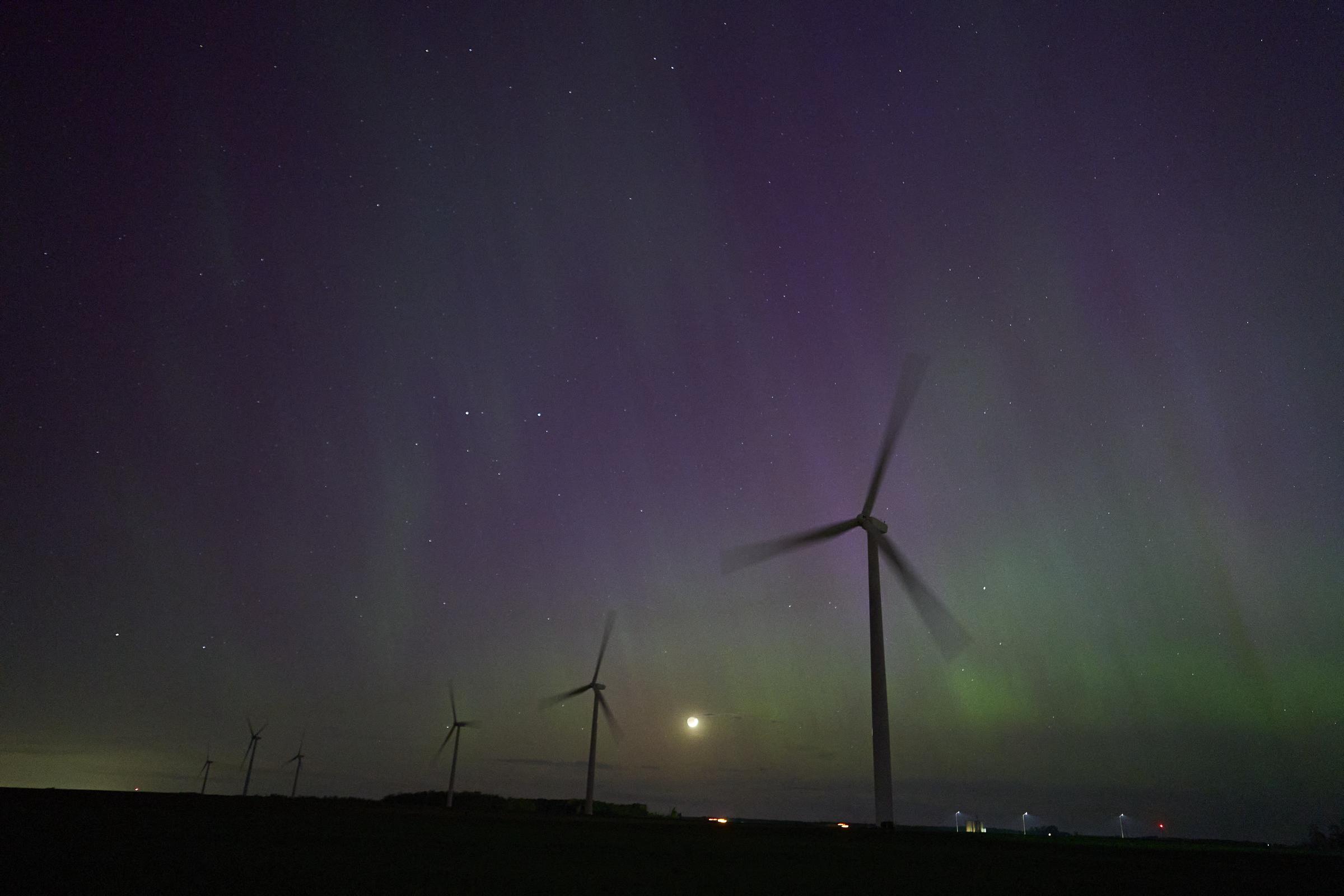
The Northern Lights in London, Ontario (Canada) on May 10, 2024 | Source: Getty Images
Given that this is the case, the SWPC suggests finding a place “where you can see to the north (or south if you are in the southern hemisphere).”
Additionally, if individuals can find the right unobstructed vantage point, like on top of a hill in the northern hemisphere, they will be able to see the aurora “when it is 1000 [sic] km (600 miles) further north.”
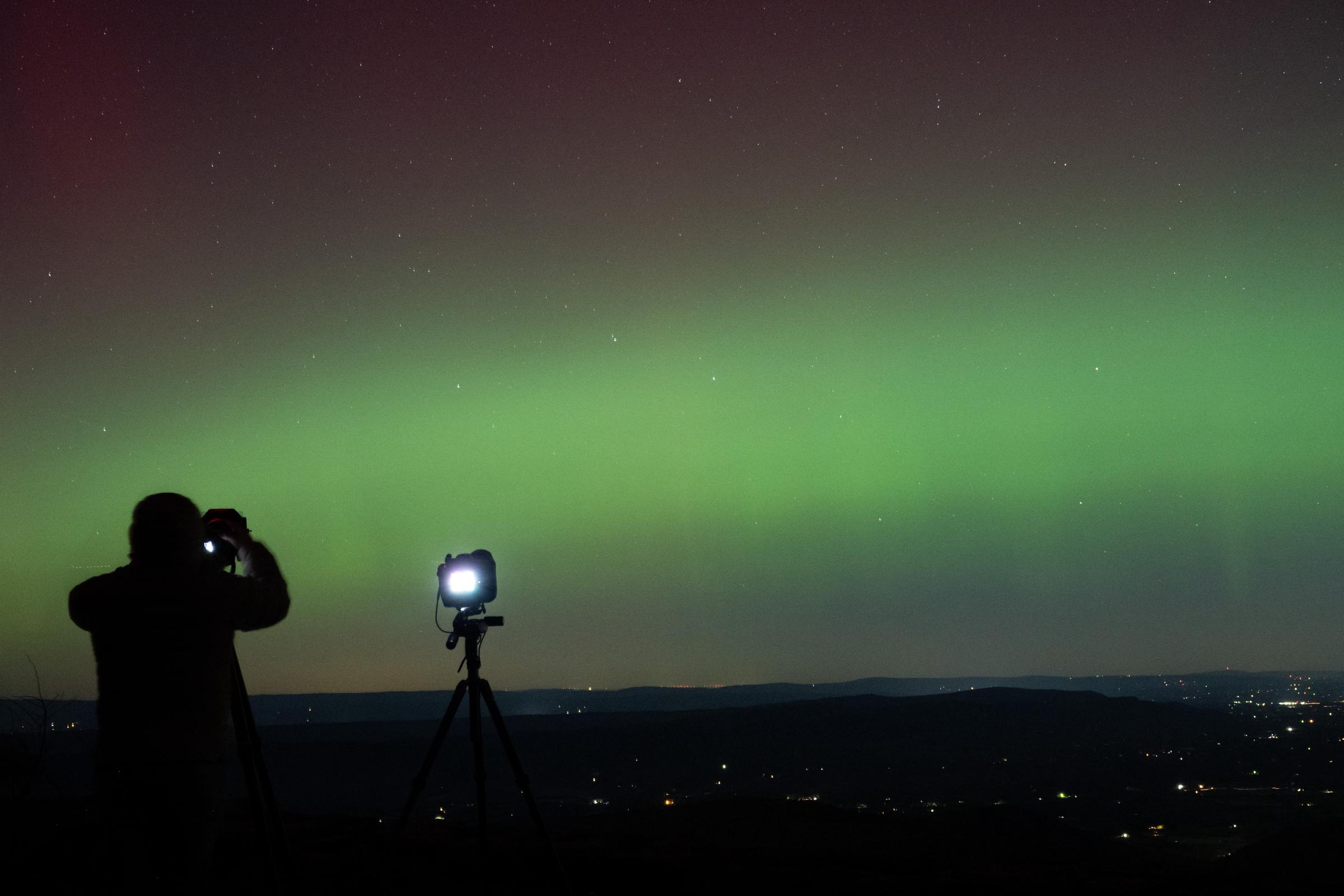
A photographer takes pictures of aurora borealis in Rileyville, Virginia on October 10, 2024 | Source: Getty Images
Clear aurora displays can also be viewed by people who are in “the right place under the aurora” even if the geomagnetic activity is as low as Kp 3 or 4.
Another viewing tip posed by the SWPC is for people to go to viewing locations at night and move away from city lights because the full moon will already diminish the apparent brightness of the aurora, but not its actual brightness.
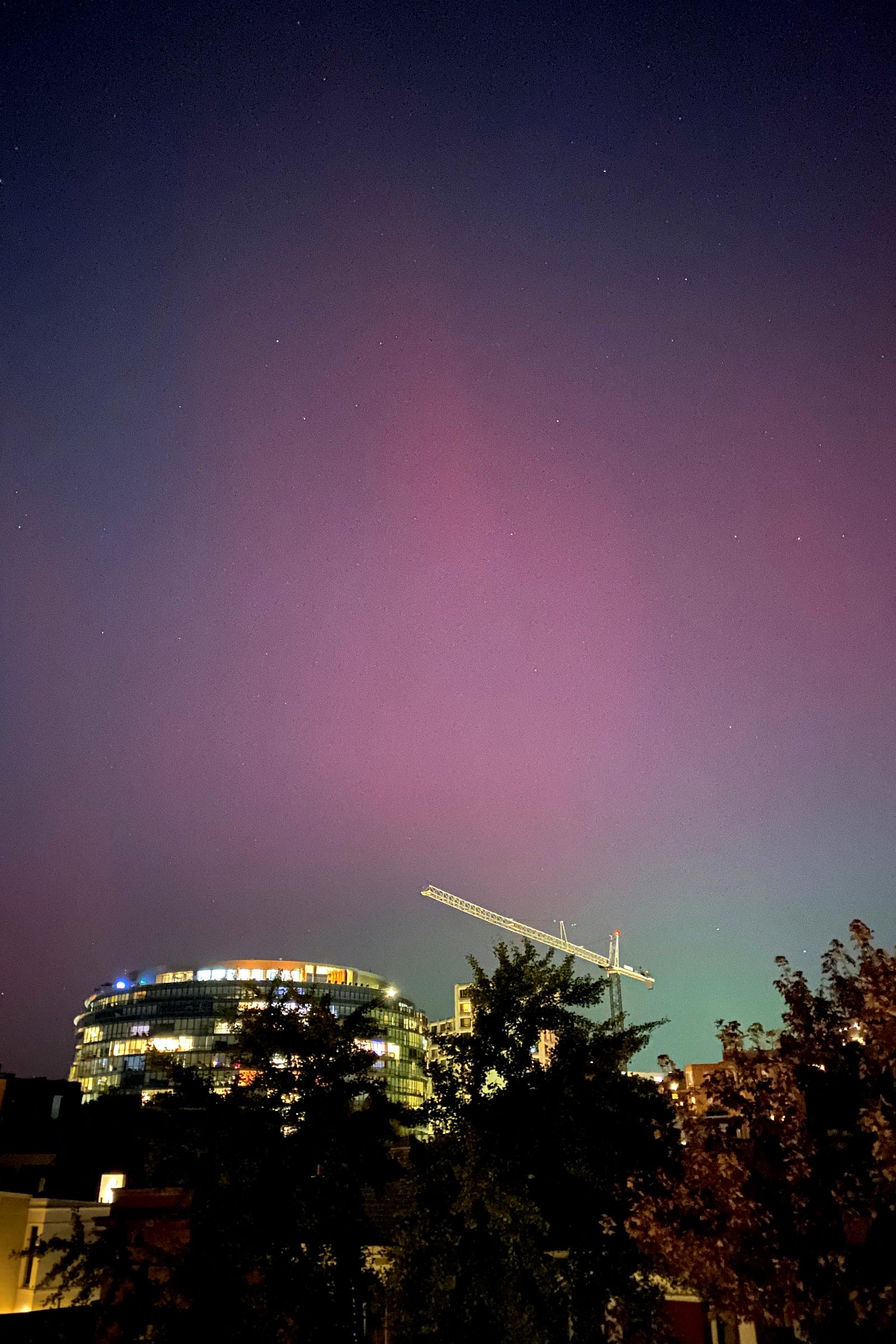
The Northern lights seen over Washington, DC on October 10, 2024 | Source: Getty Images
This means that people who seek to combine plans for a summer vacation with traveling to the Arctic to watch the aurora will not be successful, as the spectacle will only be visible when it’s dark.
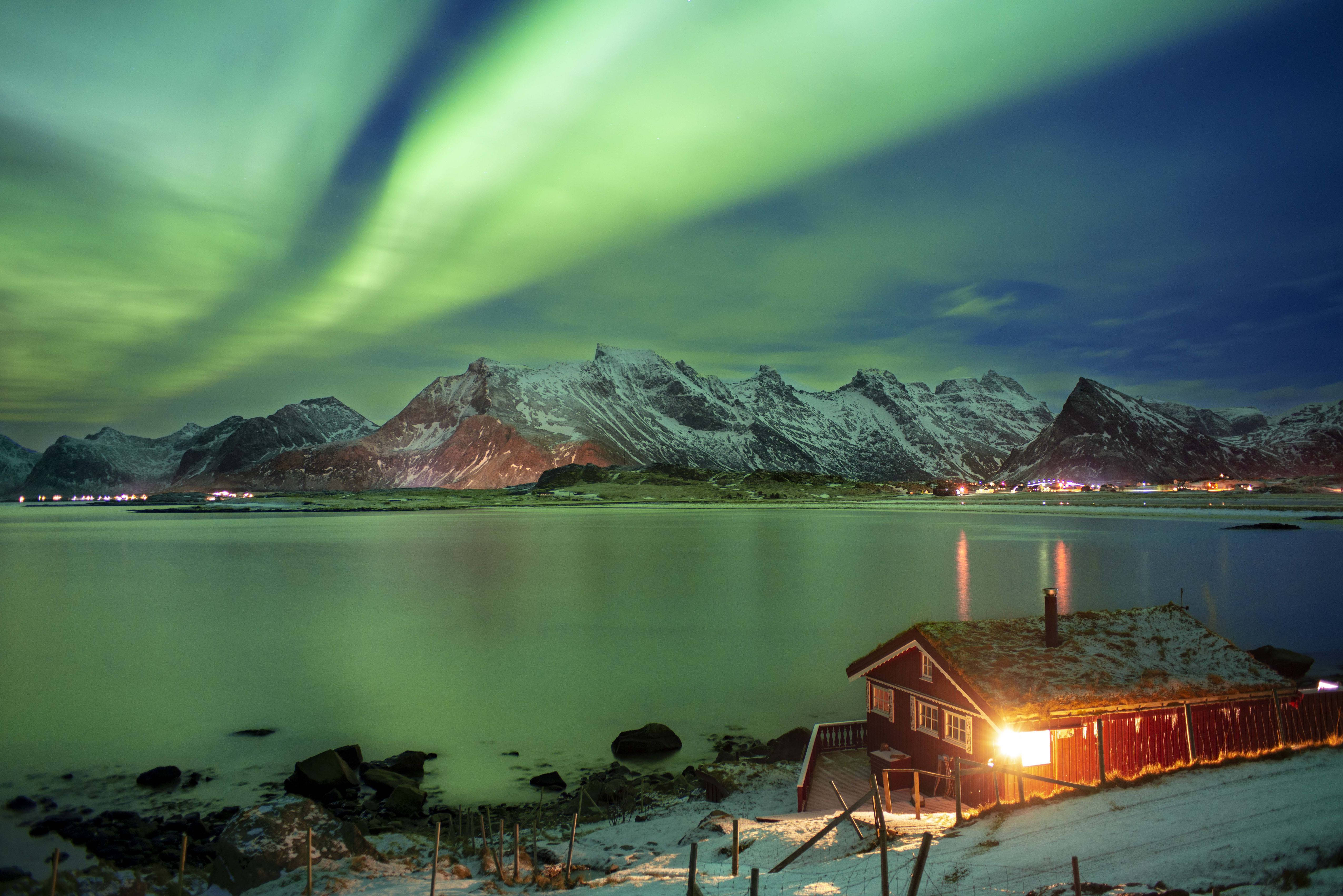
The Northern Lights displayed over Svolvaer, Norway on July 3, 2024 | Source: Getty Images
Last, but certainly not least, the SWPC advises on the exact best times to witness the Northern Lights. “Best aurora is usually within an hour or two of midnight (between 10 PM and 2 AM local time [sic]). These hours of active aurora expand towards evening and morning as the level of geomagnetic activity increases,” explains the SWPC.
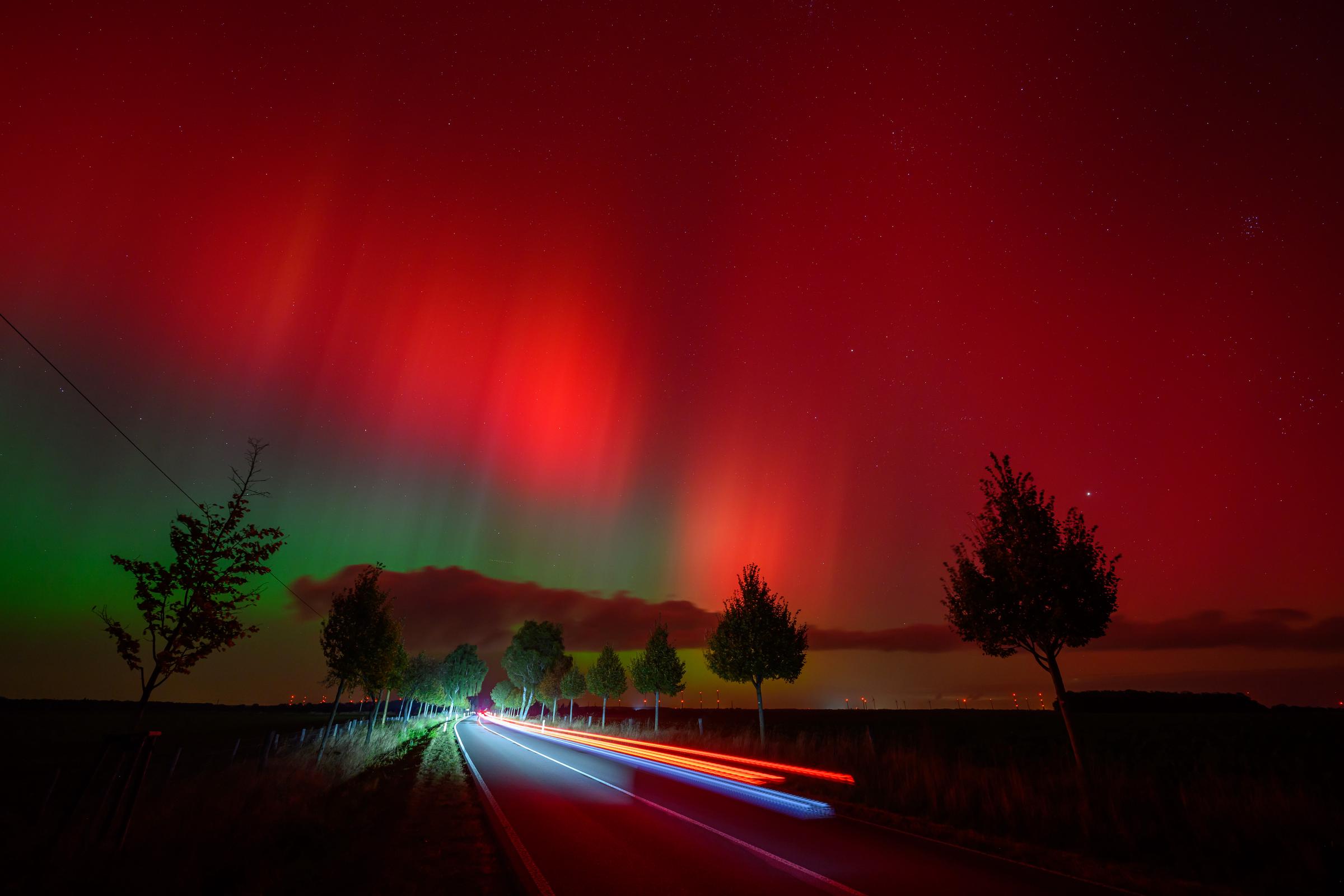
The Northern Lights illuminate the skies in Brandenburg, Lietzen on October 10, 2024 | Source: Getty Images
However, they also note that while aurora may be present in the evening and morning, it is typically not as active and thus, less visually appealing. Regarding the best seasons to witness the Northern Lights, the weather center says the spring and fall equinoxes are ideal.
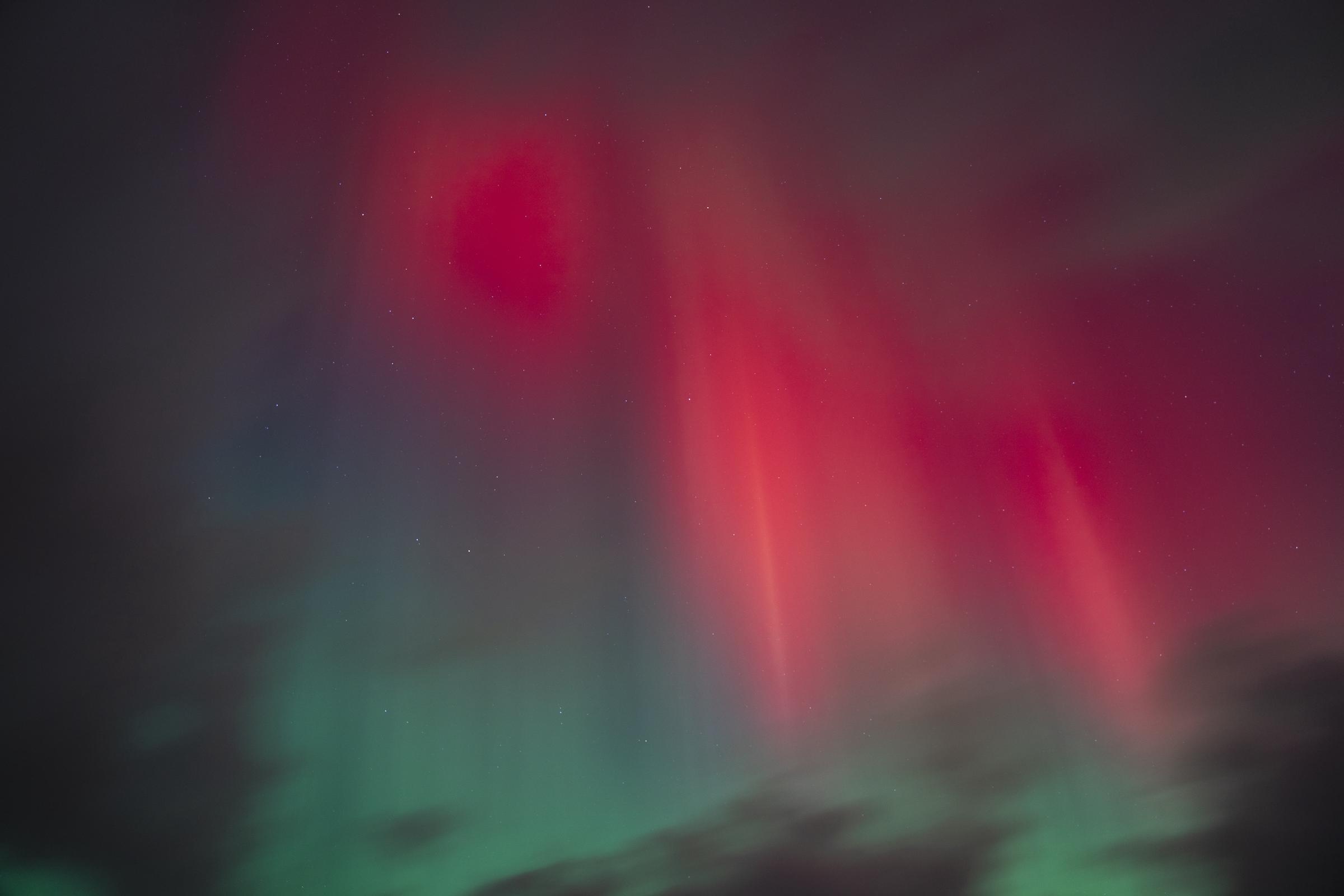
The aurora borealis displayed over Haraldsted Lake, Denmark on October 10, 2024 | Source: Getty Images
Civilians should also note that the number of dark hours near the spring and fall equinoxes decreases and/or increases rapidly, which should be kept in mind when making travel plans to see the Northern Lights.
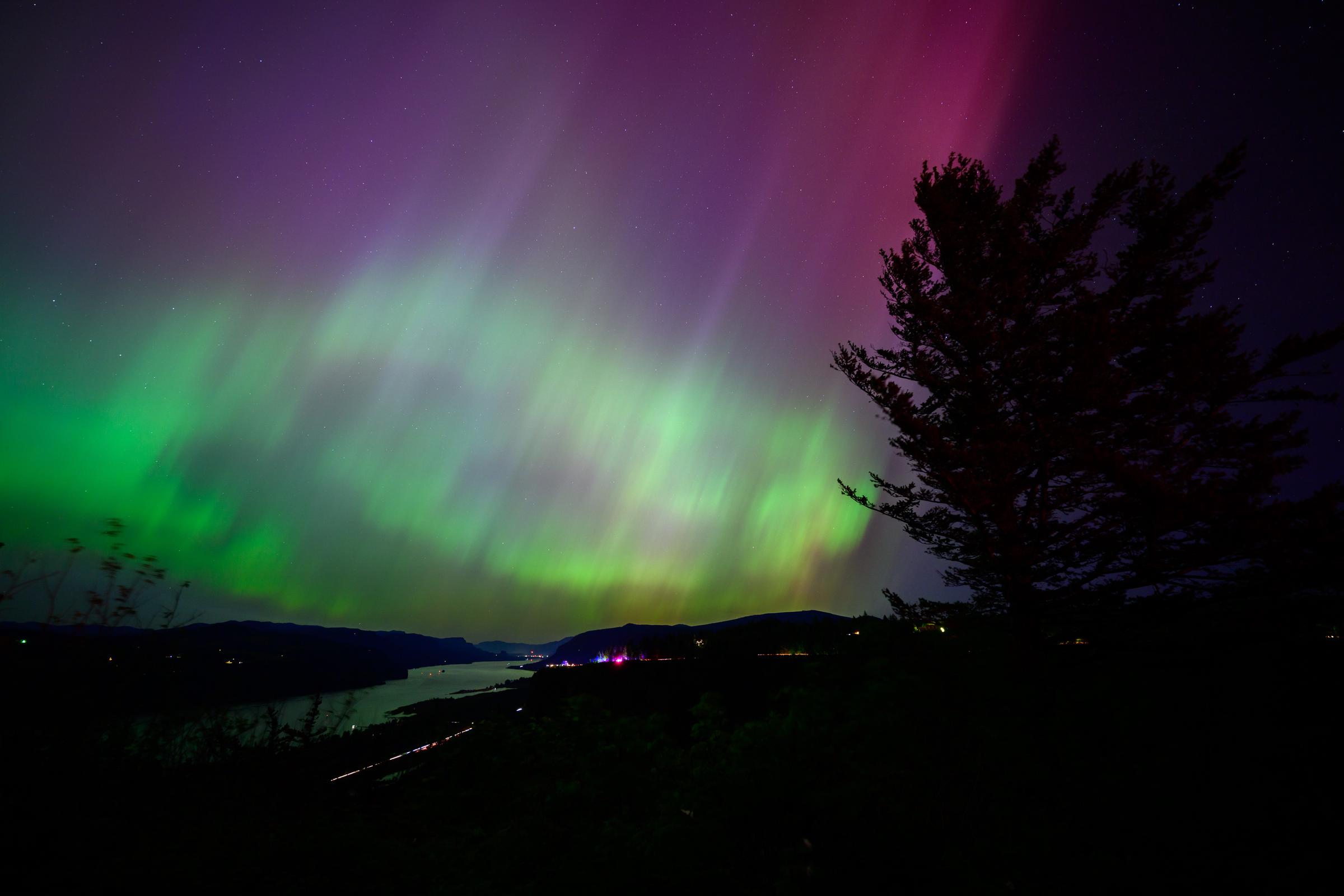
The aurora seen in Latourell, Oregon on May 11, 2024 | Source: Getty Images
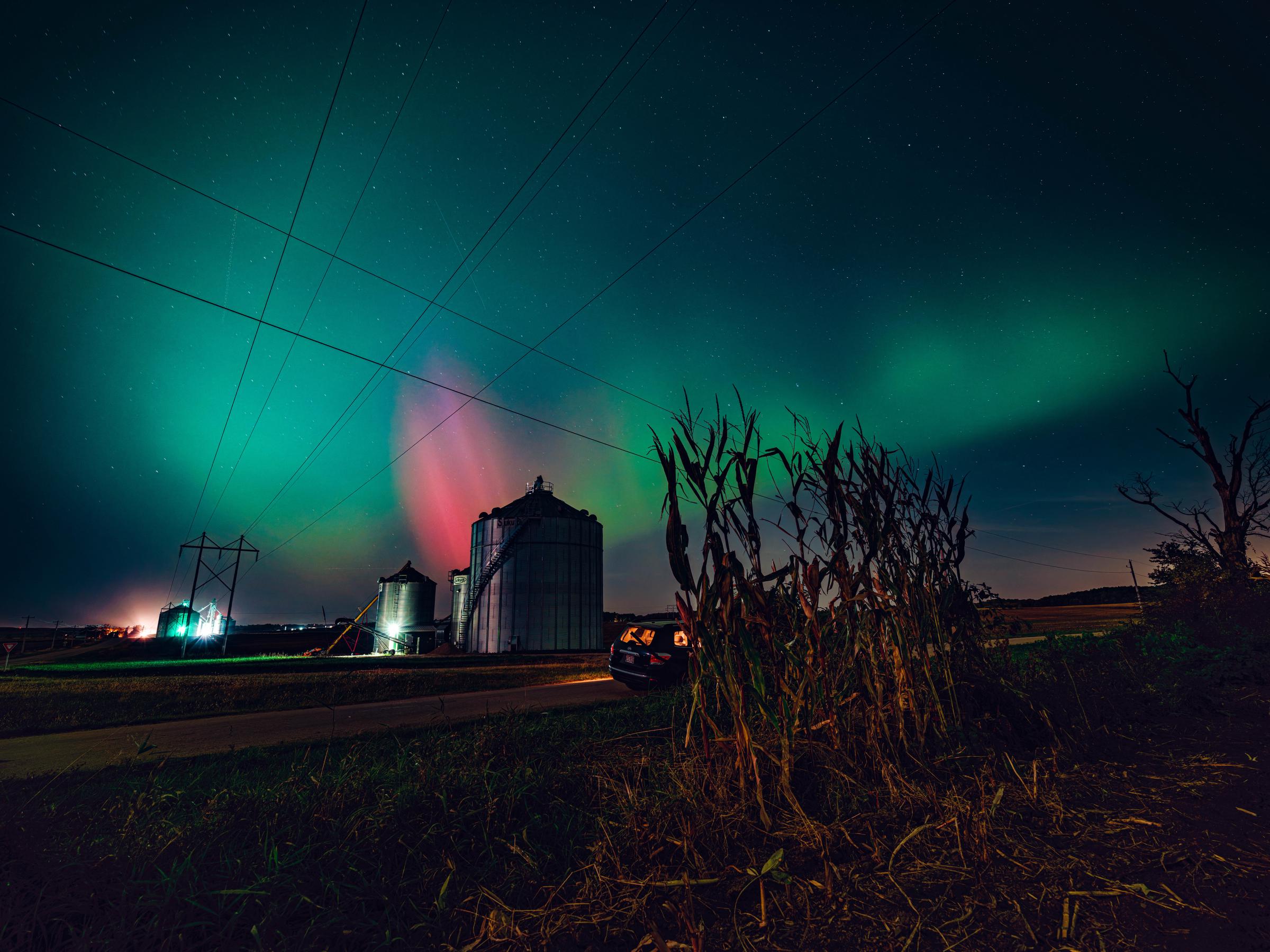
The Northern Lights in Wisconsin in 2024. | Source: Getty Images
Additional locations included Wisconsin, Michigan (more prominent in the Upper Peninsula), and Maine, especially in the state’s most northern region.
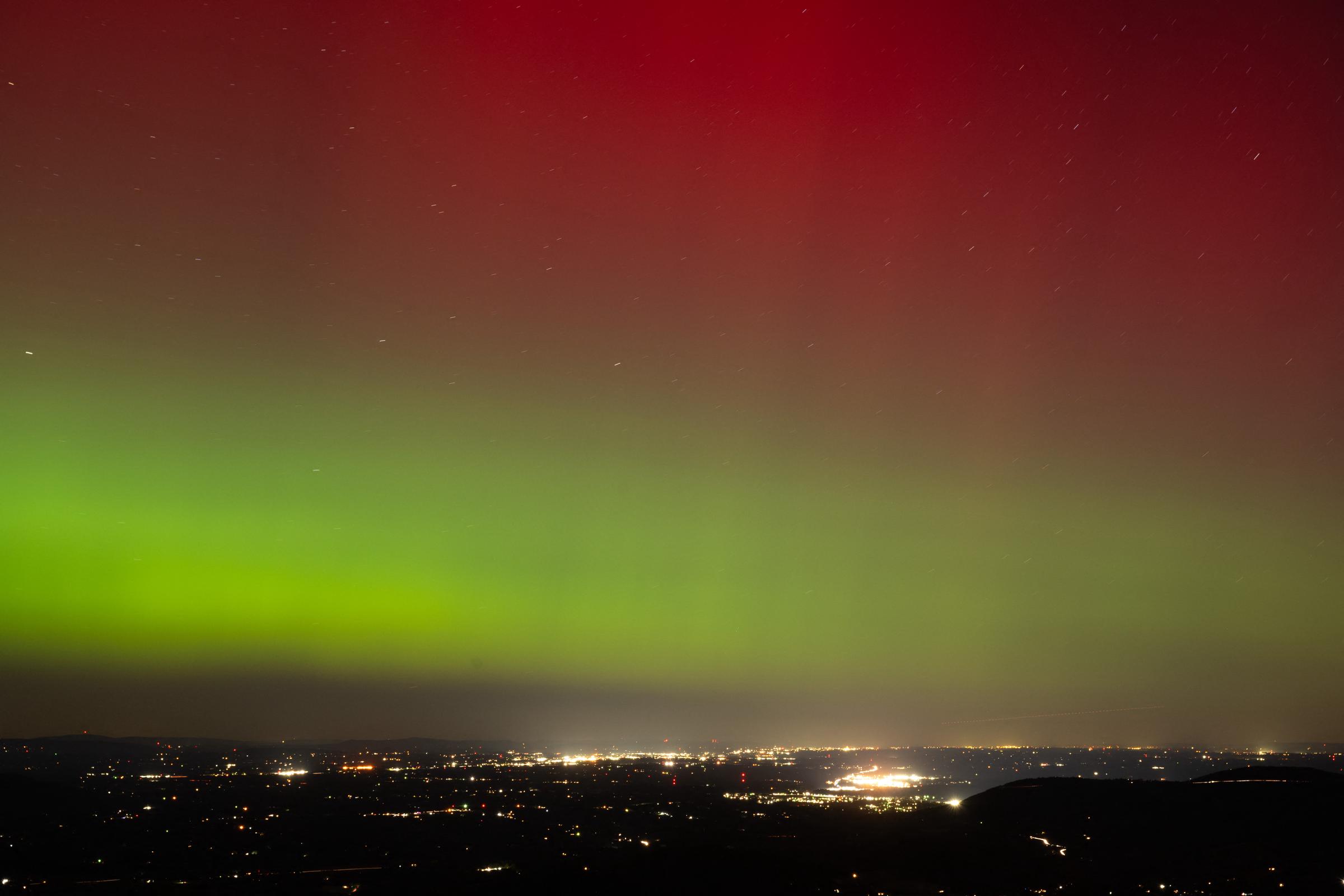
The Northern Lights in Rileyville, Virginia on October 10, 2024 | Source: Getty Images
The center tracked the Northern Lights’ activity and predicted a KP index of five for Friday night (October 11). This index, ranging from 0 to 9, indicated the intensity of the aurora.
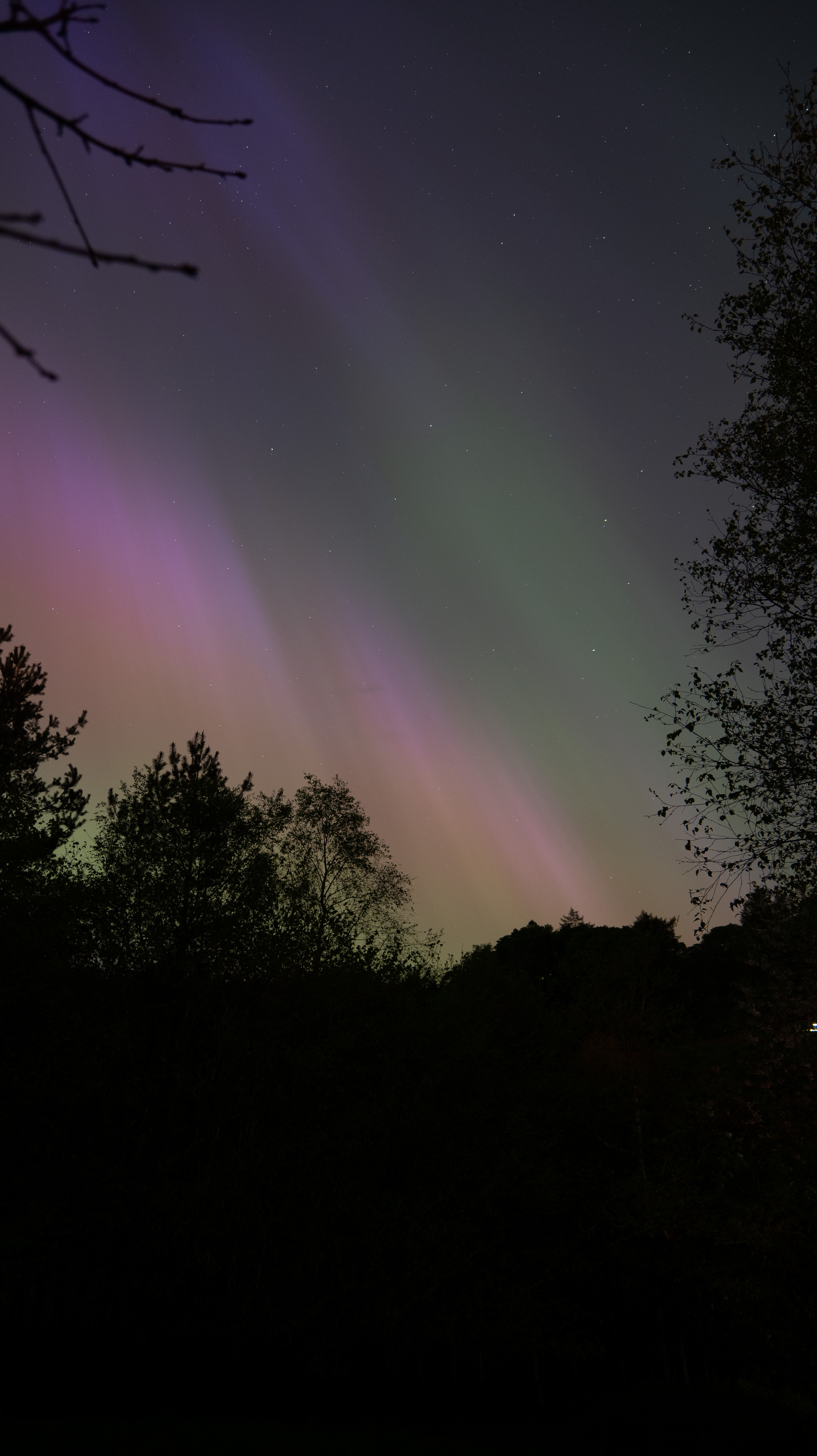
The Northern Lights seen in Auchengillan, Glasgow on May 11, 2024 | Source: Getty Images
Last month’s stunning aurora borealis displays weren’t a surprise, because the SWPC had issued a G4 storm watch on October 9, following a coronal mass ejection from the Sun on October 8.


